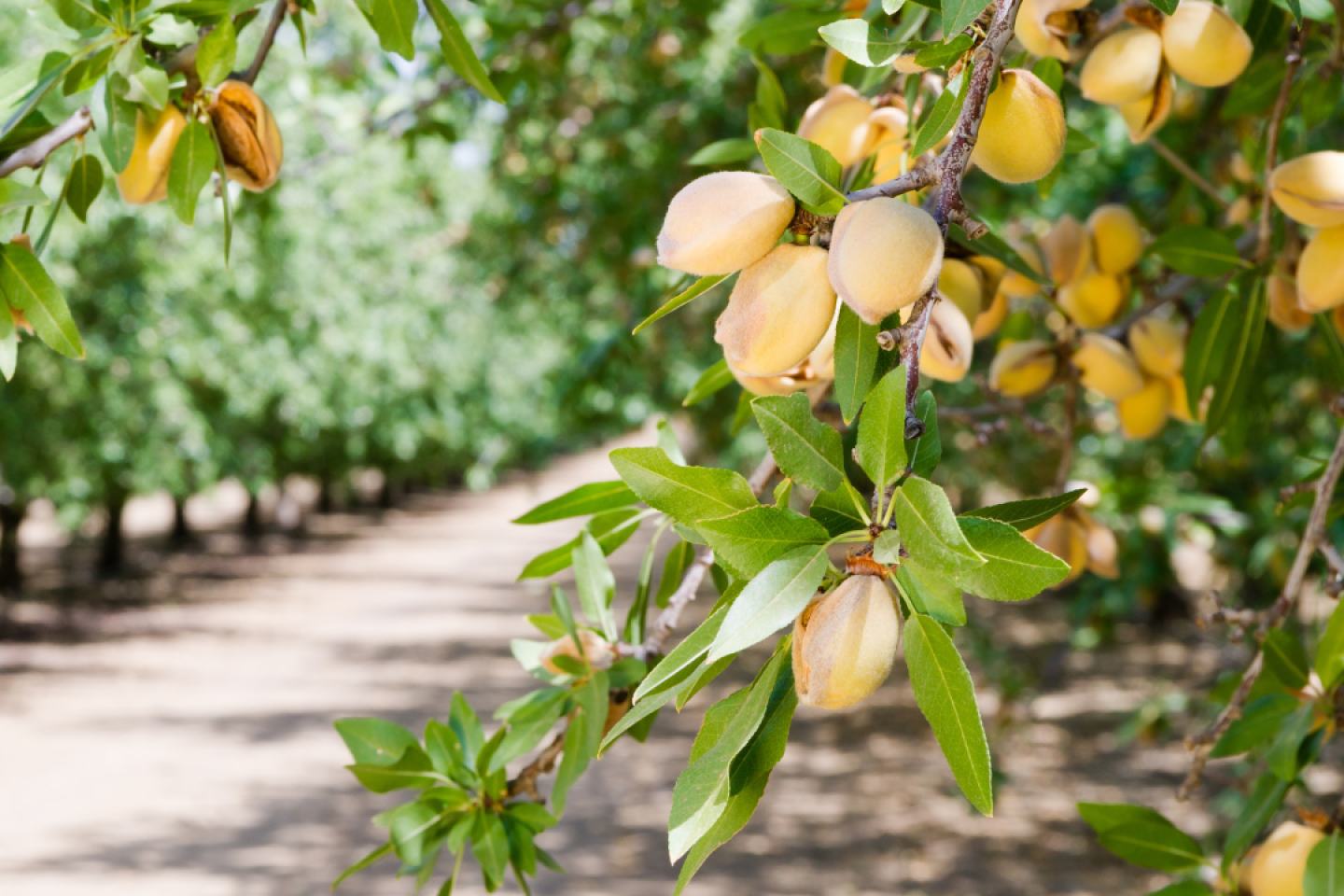With integrated pest management (IPM) there is no easy route. It offers a multitude of elements, options and opportunities for growers and PCAs to access. But deciphering which levers to pull when the time comes to build out an IPM strategy can be challenging.
With the variability and large amount of choices associated with IPM, it’s tempting to seek out one-size-fits-all approaches. The easy button approach is not fit for building an effective and efficient management plan.
An IPM strategy should be built with the location and a grower’s end goal in mind, including their overall operational and sustainability goals. Considering all these elements prior to the start of the season is essential in creating a strong IPM plan that will set a grower and their operation up for season-long success.
To Kate Walker, technical service manager for FMC in California, IPM is a constant topic of conversation. She encourages the growers, PCAs and retailers she consults with to view IPM as a toolbox of flexible practices and actions they can mix and match to build a plan best suited for their goals and challenges.
Even though the tools in the toolbox are fluid, Walker recommends keeping these two guidelines in mind when planning for and keeping an IPM plan on track all season long.
Guideline #1 – Chart a Customizable Approach
IPM is like a “choose your own adventure” with growers and PCAs working together to customize an array of strategies aligned with their personal preferences and capabilities. Every grower’s situation is unique thanks to their own unique mix of crop type, soil, weather, pest spectrum and end-customers’ demands. Customizing an IPM plan that can check all these boxes will help growers be more successful in the field and marketplace.
“Take, for example, a table grape grower and a wine grape grower. These two have differing IPM approaches because of the type of grape they are producing and their different consumer expectations. A table grape has to be damage free and aesthetically pleasing, whereas a wine grape can withstand some damage because they are used differently than table grapes. Since the grapes have different purposes, they also need a different and customized IPM approach,” Walker points out.
Guideline #2 – Build Off of Square One
The IPM toolbox includes many elements, ranging from biological to mechanical. But according to Walker, square one to start the selection process from the toolbox begins with assessing host plant resistance.
“Knowing the level of pest pressure tolerance a crop has is the first step in building an IPM plan. It’s the foundational element that sets the stage for every other decision we make,” Walker states. “Having this detail ironed out allows us to dial in and pick and choose the best IPM tactics going forward to give our crop the best chance to achieve the desired agronomic outcome.”
Honing the Strategy, Minimizing Unnecessary Inputs
The long-term benefit of honing an IPM strategy can be viewed in the field but also on the balance sheet. Depending on an operation’s goals and tolerance level, pest pressure might be reduced consistently enough that the need for certain crop inputs later in the season is eliminated.
“When we talk about IPM, I always say it’s about striking a balance between ecology and economics,” Walker explains. “We want a sustainable strategy that reduces the impact on the environment and farm ecosystem, yet still generates a strong ROI. We must find that balance and have the willingness to evolve with change to remain successful into the future.”
Always read and follow all label directions, precautions and restrictions for use. FMC and the FMC logo are trademarks of FMC Corporation or an affiliate. ©2022 FMC Corporation. All rights reserved. 22-FMC-3421 06/22


